Date: January 11-12, 2025
Location: Gaylord National Resort & Convention Center, National Harbor, MD (room number TBD)
Organizers
Devontae Baxter (dcbaxter@ucsd.edu)
Joshua Forer (jbf2177@columbia.edu)
Steven Giacalone (giacalone@astro.caltech.edu)
Ron Lopez (ronlopez@ucsb.edu)
Francisco J. Mercado (francisco.mercado@pomona.edu)
Dan Rybarczyk (rybarczyk@astro.wisc.edu)
Background and context
The NSF Astronomy & Astrophysics Postdoctoral Fellowship (NSF AAPF) and Math and Physical Sciences Ascending Postdoctoral Fellowship (MPS-Ascend) programs aim to prepare postdoctoral fellows for their future scientific careers by integrating research and teaching/outreach. The 23rd Annual Symposium for NSF AST fellows will bring together current NSF AAPF and Astro MPS-Ascend fellows, faculty mentors, prominent members of the community, members of the NSF staff, and other interested members of the community. This symposium provides (1) a platform for fellows to discuss their research and broader impact projects, (2) exposure for the fellows and the fellowship program within the astronomical community, and (3) an open discussion of issues that are important to astronomers as they begin their careers. The other national fellowships (including NASA’s Hubble Fellowship Program) also have similar annual meetings that are very useful for presenting the fellows’ work to the broader
Download Symposium Details Here.
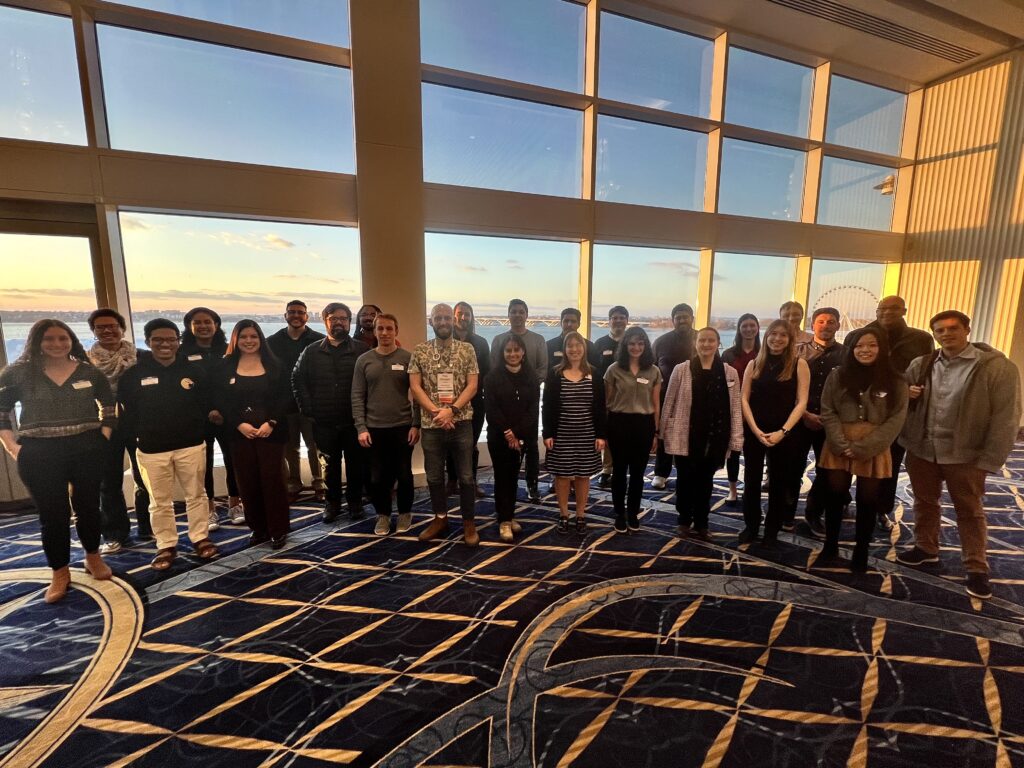
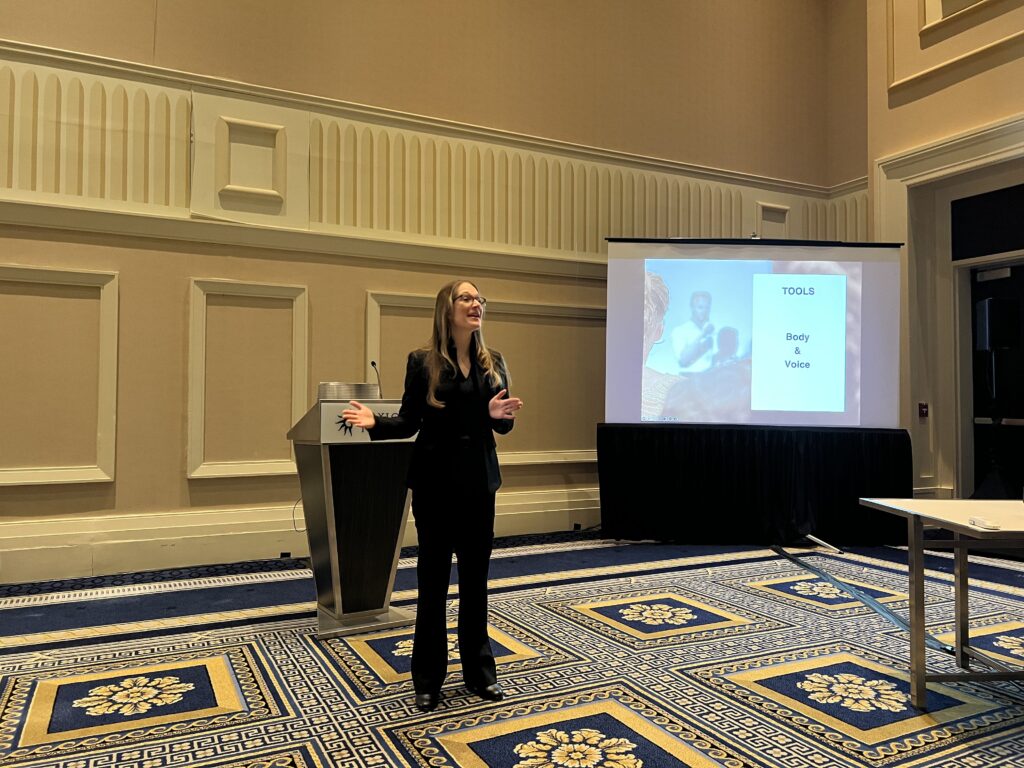
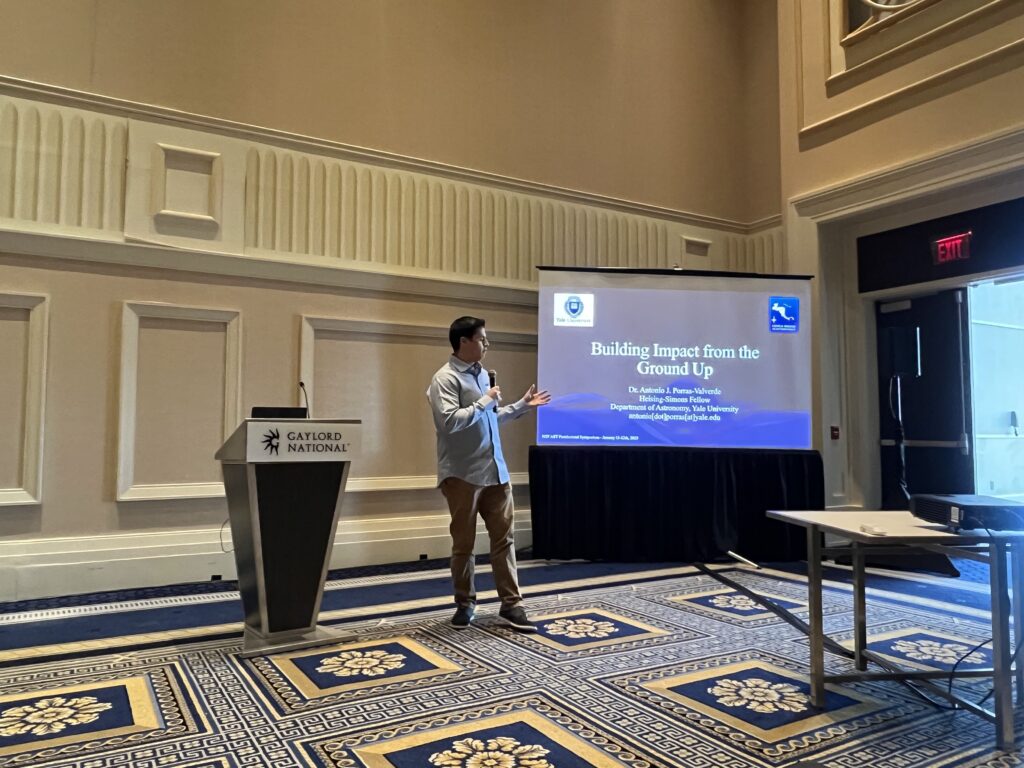
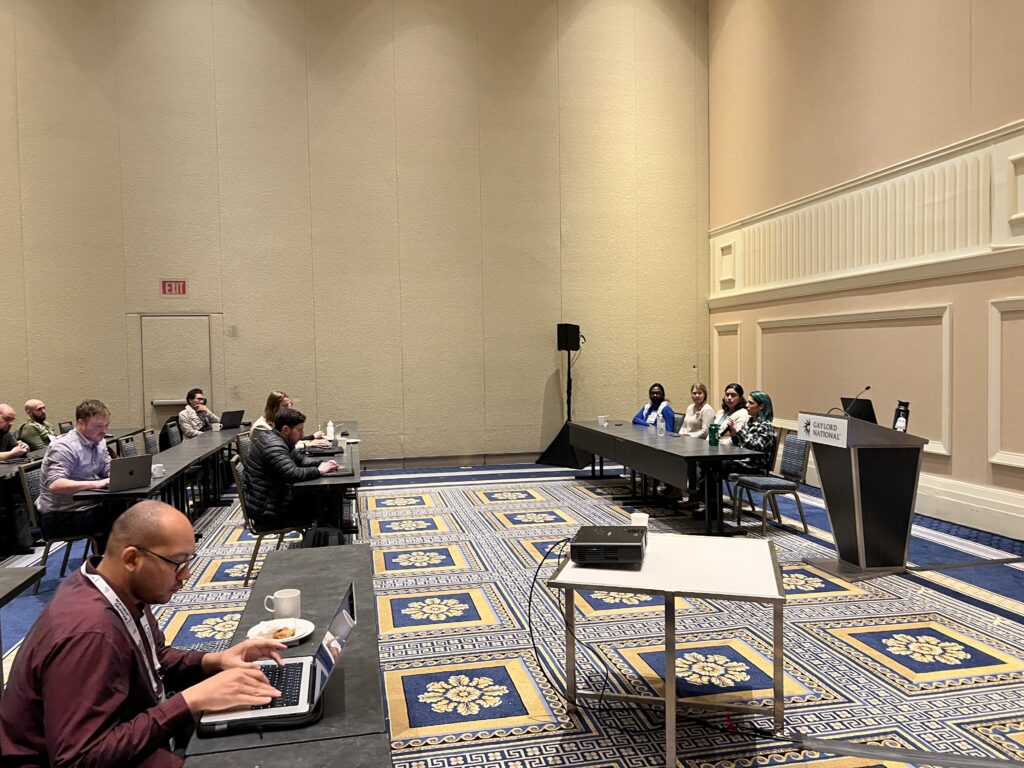
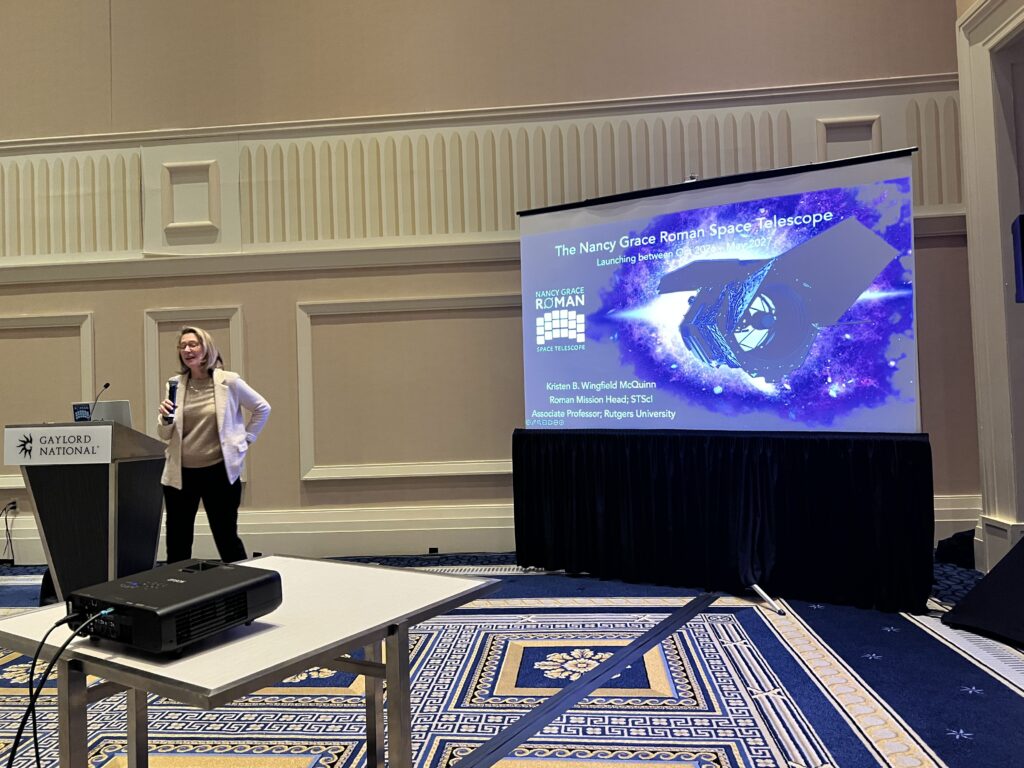
Title: Building Impact from the Ground up
Speaker: Dr. Antonio Porras-Valverde
Abstract: For decades, the lack of representation in astronomy across Central America and the Caribbean has impacted the development of graduate programs, funding, and research opportunities in these regions. As a Costa Rican who had to leave my country to study astronomy, I felt a strong need to give back to my community and ensure that future generations could pursue their scientific dreams without having to leave. Taking this issue personally, I made it my mission to build the necessary infrastructure to provide astronomy research training for students in Central America and the Caribbean. In 2016, I started the Central American-Caribbean Bridge in Astrophysics (Cenca Bridge) to create and develop astronomy research opportunities in the region. Through my work with Cenca Bridge, I have learned valuable skills in entrepreneurship, collaboration, program management, law, grant writing, and networking. Additionally, I have become a better mentor, gaining a deeper understanding of the diverse challenges and intersectional identities of our students. In this talk, I will discuss how to initiate a project from scratch and share the helpful steps I have gathered along the way that have shaped my current scientific identity.
Title: NASA’s Next Big Thing: The Nancy Grace Roman Space Telescope
Speaker: Professor Kristen B. Wingfield McQuinn
Abstract: NASA’s upcoming Nancy Grace Roman Space Telescope (Roman) is readying for launch in late 2026. Roman will survey the sky 1,000 times faster than Hubble, collecting near-infrared imaging and spectroscopic data with Hubble-quality resolution and sensitivity. Roman’s data will enable transformational astrophysics of nearly every class of astronomical object, phenomenon, and environment across the observable universe. In this talk, I will give a high-level overview of the Roman mission, describe the core science objectives (which range from the small scale: exoplanet demographics; to the large scale: measurements of dark energy), and detail the surveys already being planned. I will also introduce ways that you, as part of the Roman community, will be able to access Roman data and analysis tools via the Roman Research Nexus and plan your own surveys for the first call for proposals expected in Fall 2025.
Speaker: Bri McWhorter
Abstract: Communicating science effectively is a critical skill for researchers, yet it can often feel daunting. This workshop is designed to help scientists build confidence and connect with their audience through engaging narratives. Participants will learn practical tips to overcome presentation nerves, craft compelling personal pitches for conferences and networking, and distill complex research projects into concise, accessible stories. The workshop will also cover strategies to tailor your message to diverse audiences and tools to keep your listeners engaged during presentations.
Panelists: Kristina Davis (LASP, CU Boulder), Dhanesh Krishnarao (Colorado College), Raquel Martinez (University of San Diego), Rebecca Phillipson (Villanova University)
Abstract: Navigating the academic job market can be a challenging and complex process, especially in today’s competitive landscape. This panel brings together experienced academics and recent hires to share insights, strategies, and personal experiences about applying for academic and professional positions. Topics will include crafting standout application materials, preparing for interviews and campus visits, understanding what search committees look for, and navigating the negotiation process.
Speaker: Sarah Blunt
Title: Code/Astro V: 5 Years of Software Development Education for Astronomers
Abstract: 2024 marked the fifth iteration of Code/Astro, a week-long software development for astronomers of all career levels. In this presentation, I’ll talk about what Code/Astro looks like today and how we got there. Our first workshop in 2020 was for a small, ~30 person group of online participants. In 2024, we had 100 participants, including folks who traveled from every continent except Antarctica. We cover best practices for software development, including source control with git/github, unit testing and continuous integration, code documentation, and more. These are critical skills for modern astronomy research that are absent from most astronomy graduate curricula, a gap Code/Astro is beginning to bridge.
Speaker: Ruby Byrne
Title: Astronomical Data Science for High School Students with the Caltech Summer Research Connection Program
Abstract: The Caltech Summer Research Connection (SRC) is a program that partners with the Pasadena Unified School District to bring high school students to the Caltech campus for six-week research opportunities. Last summer, we partnered with the SRC to create a research program for three high school students. The students worked with new data from the OVRO-LWA Stage III to identify and remove sources of Radio-Frequency Interference (RFI). The students performed data processing and visualization with Google Colab. We discuss the successes, challenges, and lessons learned from this program. In particular, we discuss strategies for making these research experiences more rewarding and accessible to diverse groups of students.
Speaker: Emily Griffith
Title: Mapping the Milky Way: A Public Planetarium Show on Galactic Archaeology
Abstract: Around the globe, planetariums immerse audiences in beautiful visualizations, and teach astronomical content with imagery, simulations, and story telling. As part of my broader impacts project, I collaborated with Fiske Planetarium at CU Boulder to bring my research to the dome. This collaboration culminated in a live planetarium show, entitled “Mapping the Milky Way.” The presentation took viewers on a tour of our Galaxy, demonstrating how we measure stellar properties with space and ground based telescopes like Gaia and SDSS. In this talk I’ll discuss the process of developing a planetarium show, show off some of the data visualizations we made, and touch on future plans to distribute planetarium content more broadly.
Speaker: Guadalupe Tovar Mendoza
Title: STEM Tutoring Program for Incarcerated Youth in Baltimore
Abstract: According to the ACLU, 60,000 youth under the age of 18 are currently incarcerated in juvenile prisons in the United States. Even though these kids are entitled to an education, many studies have shown that the educational programs are severely impacted by the irregular hours, interruptions, and lack of access to class materials, resulting in poor academic performance (e.g. Blomberg et al., 2011; Cavendish, 2014). Furthermore, the racial inequities we see in other parts of society including in astronomy (James, 2020) also prevail in youth prisons. For instance, research by the ‘No Kids in Prison’ team shows that in the state of Maryland, African American youth are 6.3 times more likely to be incarcerated than white youth. Historically, it has also been shown that less than 25% of incarcerated people obtain high school diplomas or GEDs, and less than 13% attain a college degree (Harlow, 2003). During my NSF MPS-Ascend tenure, I have partnered with the Jail Tutorial Project (JTP) at Johns Hopkins to provide educational support and mentorship to incarcerated youth in Baltimore. Our approach involves weekly STEM tutoring and GED prep to middle through high school-level students. Here I present a brief history of JTP and the goals of our new tutoring initiative.
Speaker: Erin Cox
Title: Teaching In a Prison: Lessons Learned
Abstract: The United States of America has the largest incarcerated population in the world. An even more troubling statistic is that the number of Black and Brown people in these prisons is much higher than their demographic numbers, indicating that policing policies and court judgements are likely inherently racist. A troubling reality is that when an incarcerated person is released from prison they are often not rehabilitated in a way where they can succeed in society and will end up back in prison. However, it is well documented education drastically reduces recidivism rates and allows this vulnerable population a second chance. The Northwestern Prison Education Program (NPEP) was the first institution in the state of Illinois to grant bachelor’s degrees to incarcerated students. In this talk, I will discuss the NPEP course I developed for my broader impacts, as well as lessons learned.
Speaker: Caroline Huang
Title: The Legacy of Henrietta Leavitt: Re-examining the Origins of the first Standard Candle
Abstract: Distances underpin our understanding of the scale and structure of the Universe and its constituents, allowing us to convert angular sizes and apparent magnitudes to physical sizes and luminosities. In 1912, when Henrietta Leavitt’s work presenting a power-law relationship between the luminosity and periodicity of Cepheid variables in the Small Magellanic Cloud appeared in the Harvard College Observatory Circular, it was not only the discovery of the first standard candle, it was also the beginning of a new era of cosmological exploration and discovery.
As a part of my Broader Impacts project, I and my collaborators are re-examining Henrietta Leavitt’s early work using the data and observations recorded in her notebooks – now a part of the Harvard library collection. We show that despite the lack of a standardized photometric system, fully-covered light curves, and no prior knowledge of the relation itself, her results are remarkably consistent with those obtained through modern methods.
Fellows Science Talks
Speaker: Caroline Huang
Title: A New Milky Way Anchor for the Mira Distance Ladder
Abstract: The present-day expansion rate of the Universe, known as the Hubble Constant, is one of the few directly measurable cosmological parameters. Recently, the tension between the value of the Hubble Constant obtained from direct distance-ladder measurements to nearby galaxies and the value inferred from observations of the Cosmic Microwave Background (CMB), assuming a standard Lambda-CDM cosmological model, has become one of the strongest indications of new physics. While the most precise distance ladder currently uses Cepheids, independent measurements can serve as a cross-check for the systematics in distance measurements, helping to either solidify or resolve the tension.
One such alternative precision distance indicator and calibrator of Type Ia supernovae (SNe Ia) is Mira variables – highly-evolved, fundamentally-pulsating asymptotic giant branch stars which are astrophysically distinct and subject to different systematics from the more commonly-used Cepheids and the Tip of the Red Giant Branch (TRGB). Thus far, however, a precise parallax-based calibration with Gaia has eluded us, thanks to the changes in chromaticity, extended size, photocentric shifts, brightness, and red color of these AGB. The Mira distance ladder instead currently relies on two geometric “anchors” for calibration — the megamaser distance to NGC 4258 and the detached eclipsing binary distance to the Large Magellanic Cloud. In my talk I will present recent efforts in calibrating the Mira Period-Luminosity Relation in the Milky Way as a third anchor for the distance scale.
Speaker: Sarah Marie Bruno
Title: Preparing to Upgrade the Cosmology Large Angular Scale Surveyor
Abstract: The Cosmology Large Angular Scale Surveyor (CLASS) is a highly sensitive ground-based observational cosmology telescope array located in the Atacama Desert, Chile. The CLASS instrument is designed to measure the polarization of the Cosmic Microwave Background (CMB) at unprecedentedly large angular scales to probe the epoch of Reionization and to detect any evidence of primordial gravitational waves. With three currently operational telescopes on-site in Chile, CLASS surveys 75% of the sky in frequency bands near 40 GHz, 90 GHz, 150 GHz and 220 GHz. The CLASS telescope focal planes contain closely packed feedhorn-coupled arrays of superconducting Transition Edge Sensor (TES) bolometers designed to detect and measure CMB photons with extremely high sensitivity. I will present the ongoing development of new 90 GHz TES arrays designed to improve the sensitivity and scientific reach of the experiment.
Speaker: Theron Carmichael
Title: The brown dwarf radius anomaly
Abstract: Brown dwarfs are traditionally viewed as the objects between planets and stars with a formal, though incomplete, definition of an object between 13 and 80 Jupiter masses. One rare subpopulation of brown dwarfs (BDs) are those that orbit stars in short periodic intervals along our line of sight–transiting brown dwarfs. One emergent discrepancy in this population of only a few dozen known objects is the 10-15% differences between their predicted and observed radii. This work explores this radius anomaly by examining radius inflation mechanisms in BDs and giant planets and comparing the effects of these as a function of mass and age.
Both low-mass (13-25 Jupiter masses) and high-mass (70-80 Jupiter masses) brown dwarfs show clear signs of radius inflation at ages beyond 1 Gyr, but it is unclear whether or not the inflation mechanisms are shared between low- and high-mass brown dwarfs. My recent work shows that for most BDs above 25 Jupiter masses, incident flux may be negligible as a primary factor in radius inflation, which highlights the mass dependence of this phenomenon and distinguishes it from the giant planet population.
Here I will review work I have done investigating the discrepancies between the transiting brown dwarf population and substellar age-radius relationships by performing a homogeneous analysis of the ages of BD host stars with a single stellar modelling framework, and examining radius inflation mechanisms in BDs. This work compares the relative ages of transiting BD host stars for 40 of the 48 known transiting BDs.
Speaker: Adrian Fraser
Title: The Tayler instability in a rotating cylinder
Abstract: As stars evolve past the main sequence, angular momentum conservation demands that, in the absence of any torques, their contracting cores should spin up and their expanding envelopes should spin down. However, asteroseismic observations show a much smaller core-envelope rotation difference than expected, indicating some angular momentum transport (i.e., torques) in the stably-stratified radiative layers between the core and envelope. One proposed source of this transport is MHD turbulence driven by the Tayler instability, which combines with differential rotation to form the Tayler-Spruit dynamo. However, conflicting reduced models have been put forth to predict the efficiency of this transport and how it varies with properties of the star. These conflicting predictions stem from different assumptions regarding the saturation mechanism of the Tayler instability.
We present a suite of 3D MHD simulations of the Tayler instability in a rotating, stratified, cylindrical annulus to model the local dynamics near the rotation axis of a star. To test the assumptions of different reduced models, we investigate how this instability saturates, and how the saturated state varies for different field configurations and across different parameter regimes relevant to stellar interiors.
Speaker: Sabrina Appel
Title: Exploring the Impact of Protostellar Jets in Star Cluster Formation and Evolution
Abstract: TBD
Speaker: Matthew De Furio
Title: Identification of a Turnover in the Initial Mass Function of a Young Stellar Cluster Down to 0.5 MJ
Abstract: A successful theory of star formation should predict the number of objects as a function of their mass produced through star-forming events. Previous studies in star-forming regions and the solar neighborhood identify a mass function increasing from the hydrogen-burning limit down to about 10 MJ. Theory predicts a limit to the fragmentation process, providing a natural turnover in the mass function down to the opacity limit of turbulent fragmentation thought to be near 1-10 MJ. Programs to date have not been sensitive enough to probe the hypothesized opacity limit of fragmentation. We present the first identification of a turnover in the initial mass function below 12 MJ within NGC 2024, a young star-forming region. With JWST/NIRCam deep exposures across 0.7-5 μm, we identified several free floating objects down to roughly 3 MJ with sensitivity to 0.5 MJ. We present evidence for a double power law model increasing from about 60 MJ to roughly 12 MJ, consistent with previous studies, followed by a decrease down to 0.5 MJ. Our results support the predictions of star and brown dwarf formation theory, identifying the theoretical turnover in the mass function and suggest the fundamental limit of turbulent fragmentation near 3 MJ.
Speaker: Jorge Cortes
Title: Particle Acceleration and Nonthermal Emission at the Intrabinary Shock of Spider Pulsars in the Fast-Cooling Regime
Abstract: Spider pulsars, composed of a millisecond pulsar and a low-mass companion (M << 0.1 solar masses), are exceptional astrophysical laboratories for studying pulsar wind physics and shock acceleration. Their characteristic length scales enable first-principles kinetic simulations, allowing for the capture of microscopic physics such as magnetic field dissipation, particle acceleration, and resulting emission, while also accounting for global fluid dynamics. In this work, we investigate the impact of radiative reactions on the emission properties and particle acceleration processes at the intrabinary shock (IBS) of spider pulsars – a region where the magnetic energy of the relativistic pulsar wind is efficiently converted into particle energy through shock-driven reconnection. We conduct a suite of global 2D PIC simulations using TRISTAN-MP, incorporating synchrotron losses to approach the fast-cooling regime. Our findings indicate: (1) enhanced cooling compresses plasmoids / magnetic islands, resulting in higher central densities and more confined pulsar wind particles in the downstream; (2) post IBS interaction, particles do not travel back into the upstream and are solely further energized by stochastic processes in the downstream flow; (3) stronger cooling steepens the particle energy spectra and shifts the synchrotron emission to lower frequencies, in line with the synchrotron burn-off frequency; and (4) the double peaked nature of synchrotron light curves is preserved across all cooling cases, showing enhanced features for stronger cooling.
Speaker: Danielle Frostig
Title: Unveiling Galactic Infrared Transients: Early Results from the WINTER Survey
Abstract: Near-infrared surveys in the time-domain era offer the ability to rapidly discover and characterize transients missed by optical surveys. WINTER (Wide-Field Infrared Transient Explorer) is a new near-infrared survey telescope at Palomar Observatory, searching for Galactic and extragalactic transients and variables. The custom camera tiles six novel InGaAs detectors—new to astronomical applications—covering over 1 square degree with 1-arcsecond pixels in the Y, J, and Hs bands (0.9–1.7 microns). WINTER’s Galactic plane survey enables real-time discovery and follow-up of transients, unlike earlier surveys at similar depth. In this talk, I will present early results that demonstrate this potential through the detection of infrared transients observed by both WINTER and the mid-infrared WISE (Wide-field Infrared Survey Explorer) telescope, complemented by rapid spectroscopic follow-up. These transients appear to be dominated by young star outbursts, which are being completely missed in optical searches, opening a new window into protostellar accretion.
Speaker: Ruby Byrne
Title: 21 cm Cosmology with the Upgraded OVRO-LWA Stage III
Abstract: 21 cm emission from neutral hydrogen represents a promising probe of the universe’s large-scale structure across cosmic time. At near redshift, this emission traces galaxies and the Cosmic Web; during the Epoch of Reionization, it maps ionization of the intergalactic medium by early stars and galaxies. At the highest observable redshifts, 21 cm emission offers a key observable for constraining the Dark Ages and Cosmic Dawn. The Owens Valley Radio Observatory Long Wavelength Array (OVRO-LWA), currently in its Stage III upgrade, could provide the best constraints to date on the 21 cm power spectrum from the Cosmic Dawn, at z~18. We describe progress toward achieving these new constraints.
The OVRO-LWA Stage III is a low-frequency radio interferometric array in California’s Owens Valley consisting of 352 fully cross-correlated dual-polarization dipole antennas. Baselines up to 2.4 km in length enable precision calibration to compact calibrator sources, while the compact core offers good sensitivity to the 21 cm signal on large scales. We describe recent progress developing a precision analysis pipeline for OVRO-LWA Stage III data for 21 cm cosmology applications. Our pipeline focuses on calibration precision, and we discuss a new calibration implementation called CaliCo that performs fast and accurate calibration using a Newton’s Method-based optimizer. We show preliminary results demonstrating the impact of these calibration approaches on OVRO-LWA Stage III data.
Speaker: Sarah Blunt
Title: Exoplanet Orbit-fitting in the Gaia Era
Abstract: TBD
Speaker: Trey Wenger
Title: A Bayesian Spectral Line Modeling Framework for Astrophysics
Abstract: Spectral line observations of atoms, ions, and molecules in the interstellar medium (ISM) reveal the physical conditions and kinematics of the emitting gas. Such inference is typically achieved through inverse modeling: the spectral line data are decomposed into individual components, and then the physical parameters are derived from the components under myriad assumptions. I will introduce bayes_spec, a Bayesian spectral line modeling framework for astrophysics. Bayesian forward models overcome several limitations of traditional spectral decomposition techniques, including the biases introduced by assumptions. I will showcase some early results of bayes_spec modeling projects, including applications to 21-cm emission/absorption observations of the diffuse Galactic neutral medium, hyperfine spectroscopic observations of OH toward massive star forming regions, a mm-wavelength hyperfine spectroscopic observations of CN toward cold molecular clouds.
Speaker: Kaley Brauer
Title: Chemical Enrichment and Galaxy Formation in the Early Universe
Abstract: Over its formation history, the Milky Way merged with many small dwarf galaxies. The ancient stars from these primitive systems still exist in the Milky Way today. Dozens of ancient dwarf galaxies can also be found around the Milky Way today. Spectroscopic surveys are providing high-resolution spectra for thousands of stars in the Milky Way and its satellite dwarf galaxies, with much more to come. Already, the detail in the observed star-by-star chemical distributions is not captured by simulations. To address this problem and take full advantage of the rich data becoming available, we developed a new suite of simulations: the Aeos project. We have run new high-resolution cosmological simulations of early dwarf galaxy formation with individual stars, detailed chemical yields, and highly-resolved metal mixing. These simulations allow us to explore complex galaxy formation processes including source-dependent metal mixing, hierarchical galaxy merging, and bursty star formation. We present the methodology and initial stellar chemical abundance distributions from this new simulation suite.
Speaker: Joe Michail
Title: Increasing Submillimeter VLBI Coherence Timescales with Radiometry
Abstract: Tracking phase corruptions caused by atmospheric turbulence is one of the most time-intensive challenges in submillimeter interferometric observations. Observations of a phase calibrator and self-calibration can correct most of these changes, especially when the sources are bright or their morphology is already known. These conditions are challenging for Very Long Baseline Interferometry (VLBI), as neither scenario may be satisfied. Other techniques have been developed, like frequency phase transfer, where atmospheric turbulence is tracked at lower frequencies and then extrapolated to higher ones. However, this requires the array to observe at these two frequencies simultaneously, possibly demanding substantial upgrades to each telescope or array’s backend. In this talk, I will describe a new technique being developed for the Submillimeter Array (SMA) called ozone radiometry. This method leverages naturally occurring atmospheric ozone lines, which are already in-band during standard observations, to track phase variations without additional hardware. If successful, this can be extended to other telescopes and frequency bands, significantly increasing the number of observable sources with the Event Horizon Telescope array.